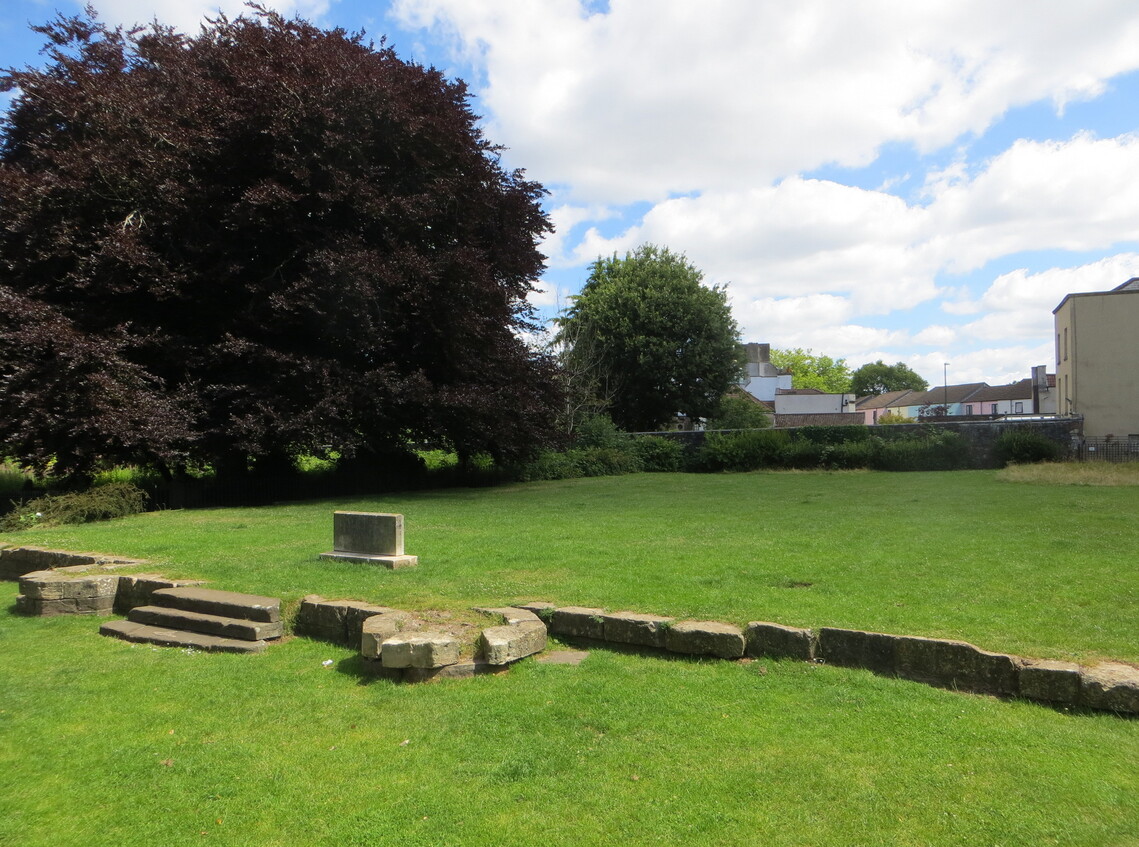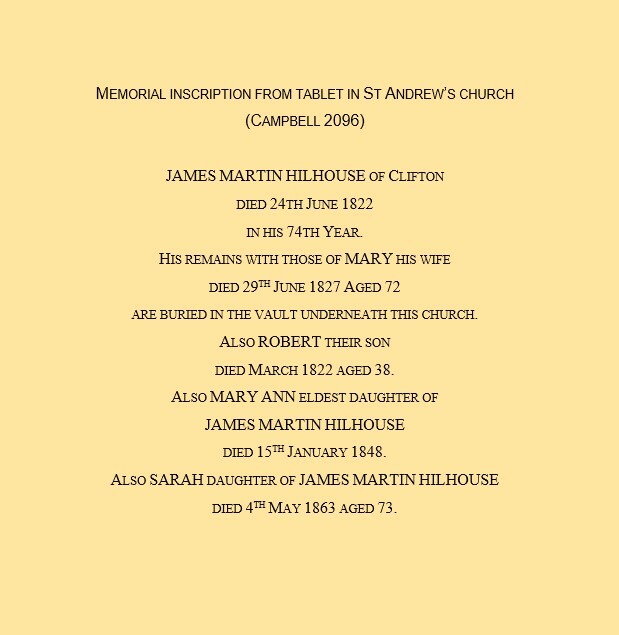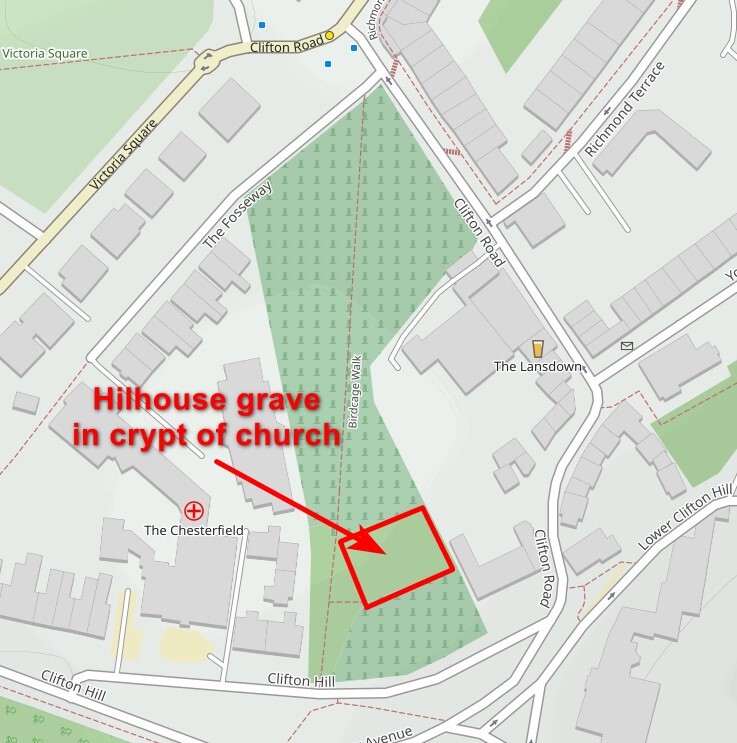Throughout the period 1744 to 1815, when Britain was locked in a fierce rivalry with France, the country was frequently threatened by invasion, particularly during the French Revolutionary and the Napoleonic Wars. Britain survived because it was defended by the Royal Navy, which by 1815 was the strongest in the world. The government had consistently invested in naval power, awarding lucrative contracts to merchant shipbuilders, such as James Martin Hilhouse, who is buried with his family in the vault beneath St Andrew’s Church.
Born into a family of Bristol merchants in 1749, James Hilhouse inherited a fortune made by his father and grandfather in the sugar trade and from privateering. Operating under a government letter of marque, privateers were authorised to attack, capture or sink any vessel belonging to a nation at war with Britain. The enemy’s cargo was the privateer’s prize, so while fitting out a private man-of-war was an expensive, high risk business, the potential profits were enormous.
After his father’s death in 1765, James left Bristol to serve a seven year apprenticeship at the naval dockyards in Woolwich and Chatham. Returning to the city in 1772, he negotiated the lease on a dockyard in Hotwells and established J Hilhouse & Co Shipyard. Therefore by 1776, with the outbreak of the American War of Independence, the company was well-placed to fit out Bristol merchant ships as privateers and to build new men-of-war. It was also in 1776 that James won his first order from the Navy Board, the HMS Medea, which was launched two years later in 1778.
Between 1776 and 1786, the Hilhouse shipyard built twelve battleships, but at the end of the American war its work for the navy was effectively over. With some prudent retrenching and reorganisation the company survived the recession of the 1790s and by the turn of the century, it was prospering once more.
During 1776, James had married Mary Bush, the daughter of a leading Bristol merchant and over the next ten years the couple had eight surviving children. By 1803 James had taken two of his sons into partnership, but although the company was renamed Hilhouse, Sons and Co, its future did not lie with the family. Instead, it was Charles Hill, a young lawyer whom James had hired in 1810, who gradually assumed control and in 1845 the company officially became Charles Hill and Sons.
For most of their married life, James and Mary had lived at the Great Dock House in Hotwells, but in retirement they moved to 13-15 Princes Buildings in Clifton where James died in 1822, to be remembered as one of Bristol’s leading merchant shipbuilders.
The grave is located in the crypt of the old church, exact location unknown
Memorial tablet inscription
Location of the old church


